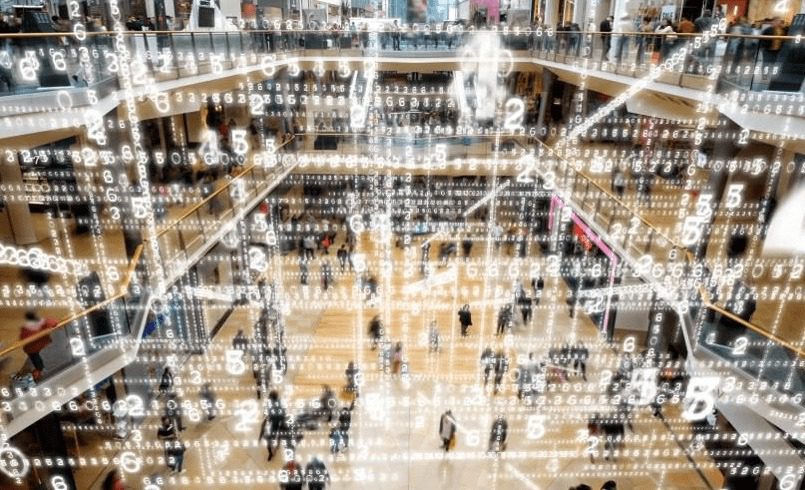 Demand forecasting methods have been used in retail for a long time. Most of them are based on historical data, which is no longer useful in the new COVID-19 reality. If you used an ML-powered demand forecasting system before, you know that if the current customer demand is entirely different from a year ago, the forecast accuracy will be low.
Demand forecasting methods have been used in retail for a long time. Most of them are based on historical data, which is no longer useful in the new COVID-19 reality. If you used an ML-powered demand forecasting system before, you know that if the current customer demand is entirely different from a year ago, the forecast accuracy will be low.
How to predict such rapidly changing demand? Demand forecasting powered with machine learning (ML) may help to make smarter decisions by providing data-driven insights.
Machine Learning In Demand Forecasting As A New Normal
The most beautiful thing about advanced forecasting is the adoption of “what-if” scenario planning. New data storage capabilities combined with cutting-edge analytics allow advanced processing of such data as advertising, temporary price increases, promotions, competitor activities, external events and others. Thus, the running of what-if simulations aimed to test various marketing strategies allows for shaping future demand.
It is worth mentioning that the ML-based forecasting system gives enough forecast accuracy level to track changes such as epidemics, trends, geopolitical or economic developments.
Forecastability
Not all products are forecastable. That is why it is so essential to determine the forecastability of your products before initiating a demand forecasting project. Forecastability means the measure of the degree to which something may be accurately forecasted. The optimal way to evaluate forecastability is to analyze available data. Here is an example of minimum required data:
- Historical prices and sales
- Marketing campaigns
- Product and stores directory
- Historical leftovers
Since all data are not the same, the adoption of a one-size-fits-all demand forecasting method may lead to low forecast accuracy. One of the primary steps of data preparation is product segmentation, including niche brands, growth brands, harvest brands and new products. This approach helps to stay focused on high-value products, capitalize on market opportunities and, as a result, enhance customer value.
How To Increase Demand Forecast Accuracy During The Pandemic
The new COVID-19 reality has already changed most business processes. Here are three possible ways to increase demand accuracy:
Short-term POS data: An efficient method to define shifts in demand patterns is an analysis of the most recent POS data. Taking POS data for one or two months and combining it with sales orders, promotions and shipments enables earlier determination of shifts in customer behavior.
NLP technology Natural language processing (NLP) methods allow analysis of social media and news web resources as a way to determine customer sentiment. By applying sentiment analysis and text mining NLP tasks, it’s possible to monitor customers’ comments on social media and news feeds. That allows retailers to determine what customers buy most often, as well as their feedback on product availability, preferences and behavior patterns as a reaction to some news. With enough samples of customers’ conversations, the NLP model can determine which goods are rapidly running out of stock and detect slight changes in purchase behavior.
Information Cascade Modeling The information cascade modeling method allows forecasting in case of stir and high demand. Cascade models can analyze the most recent POS data defining herd behavior patterns and make forecasts according to the cascade algorithm.
For example, once the COVID-19 pandemic started, people bought a vast amount of toilet paper and long-shelf products like flour and pasta. Due to the panic, other people began to do the same thing. The demand for toilet paper and long-shelf products increased remarkably, and manufacturers increased production and sales. This shift caused a glut on the market, and supplies no longer matched the demand.
For timely detection of such demand fluctuations, data science engineers can integrate cascade models, thus increasing demand forecast accuracy in crisis.
The Value Of Gathered Data After The Pandemic
The pandemic will end sooner or later, and demand will get back to normal. But the value of collected historical data during the crisis will be extremely high. By considering these data as outliers and adding them to demand forecasting models, it’s possible to detect demand patterns in case of a similar crisis in the future.
In other words, we can view the data gathered during the coronavirus pandemic as a training dataset to a forecasting model, and make better predictions in case of repeated crises.
The COVID-19 pandemic has wholly shifted our behavior patterns. We cannot go with the flow anymore; now changes become a necessity. All in good time, 2020 is the time of smart changes.




